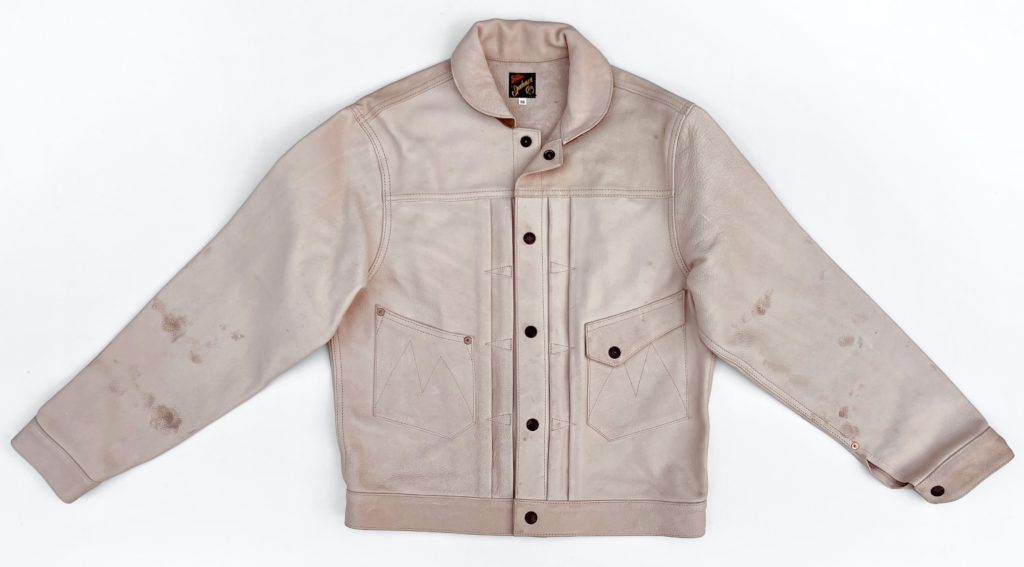
Mister Freedom® Ranch Blouse “Randall”, B-Stock, brass snaps/rivets oxydation marks on unit 38A ©2024
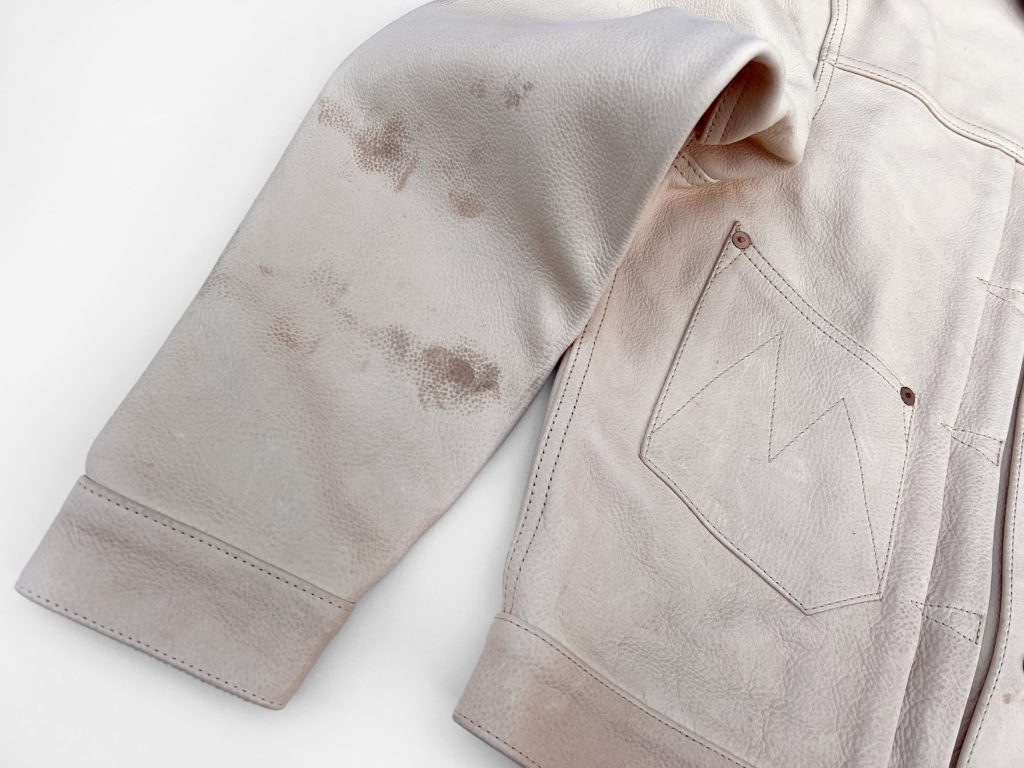
Mister Freedom® Ranch Blouse “Randall”, B-Stock, brass snaps/rivets oxydation marks on unit 38A ©2024
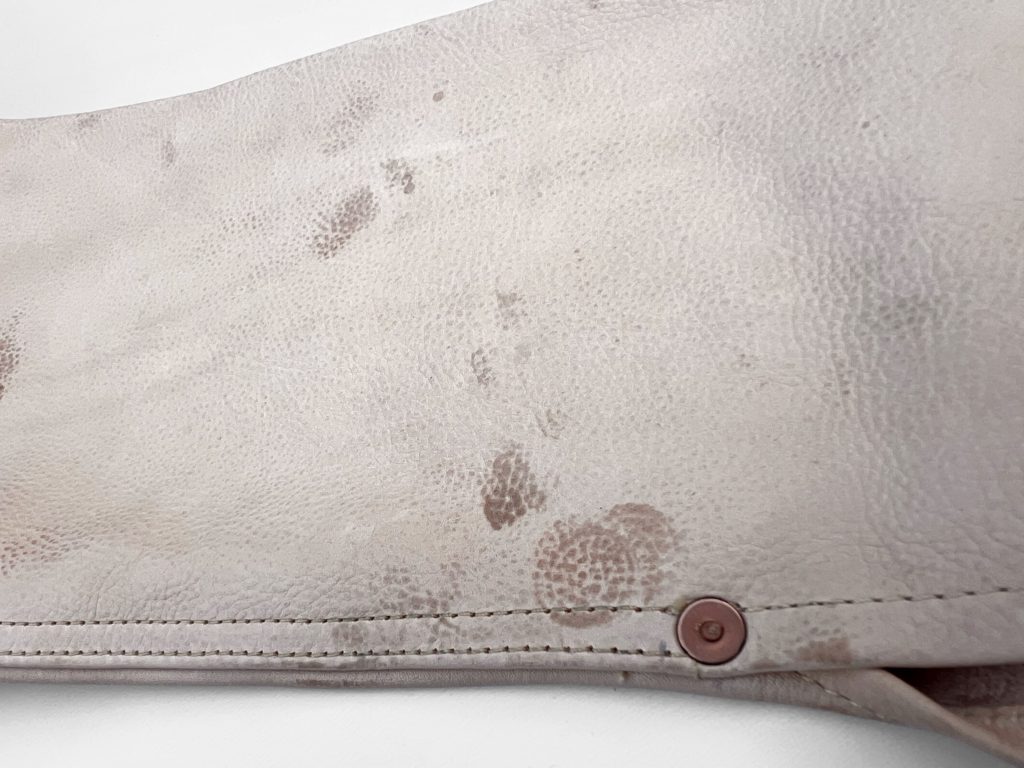
Mister Freedom® Ranch Blouse “Randall”, B-Stock, brass snaps/rivets oxydation marks on unit 38A ©2024
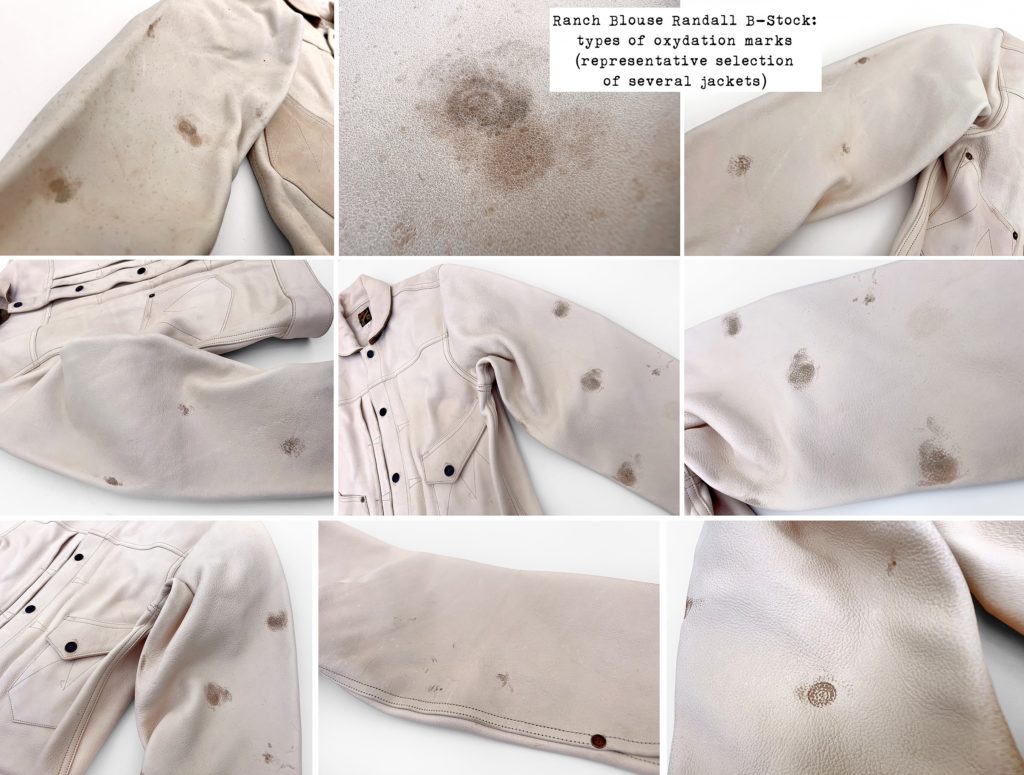
Mister Freedom® Ranch Blouse “Randall”, B-Stock, selection of brass snaps/rivets oxydation marks on several units ©2024
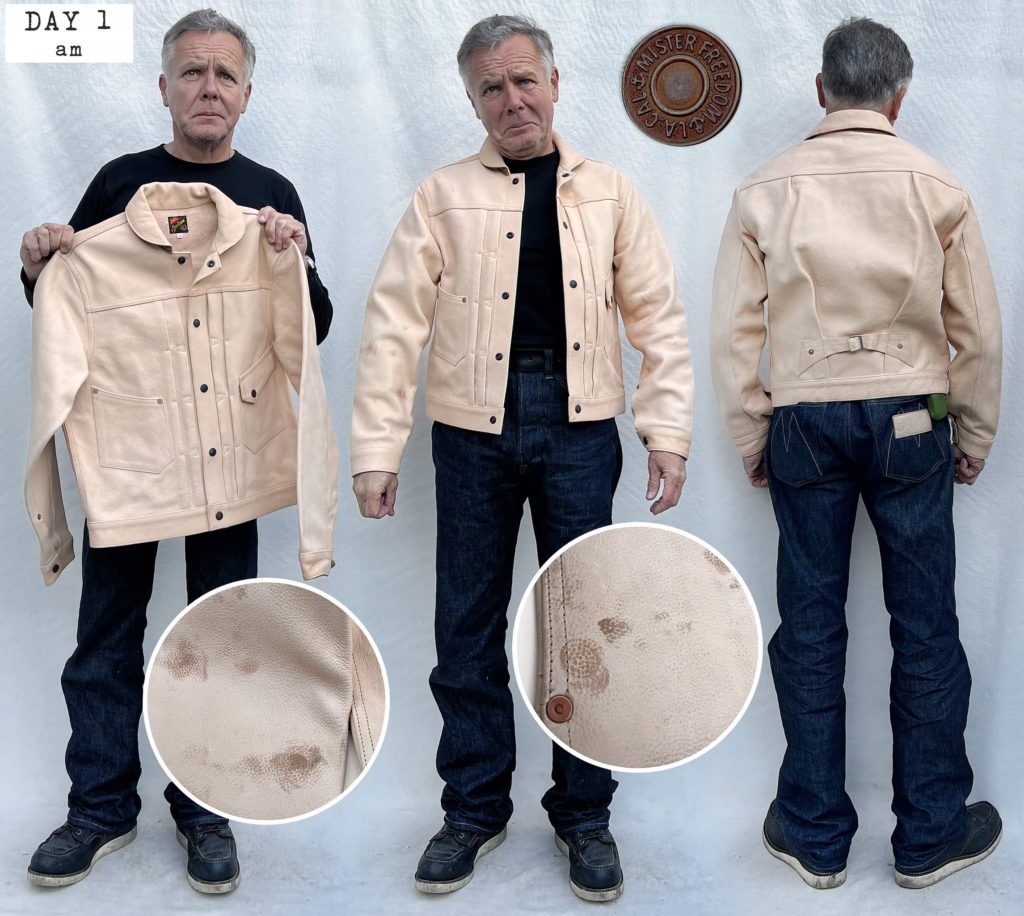
Mister Freedom® Ranch Blouse “Randall”, B-Stock, brass snaps/rivets oxydation marks on unit 38A. Having a brief snow flake moment ©2024
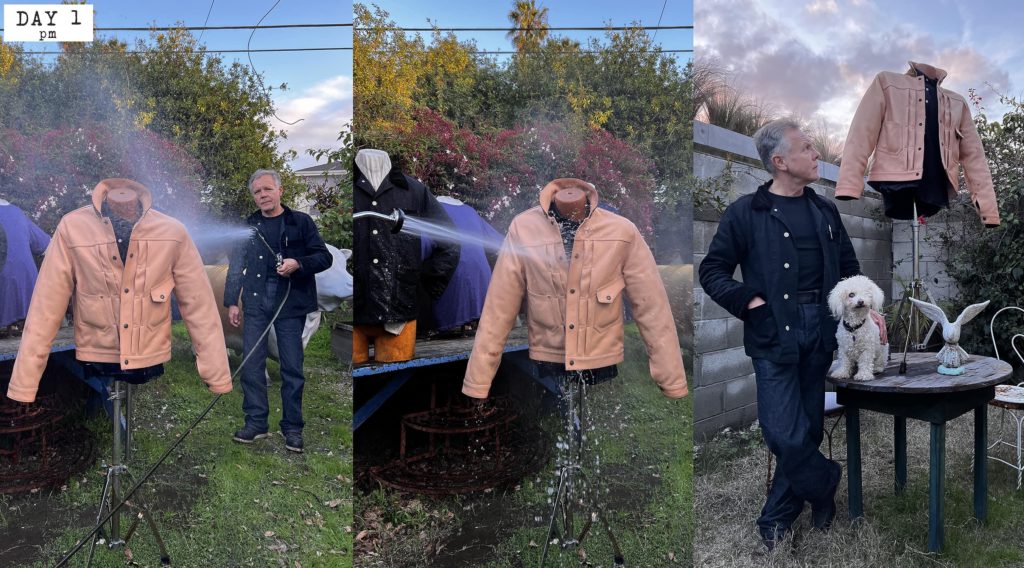
Mister Freedom® Ranch Blouse “Randall”, B-Stock, unit 38A. Going Rambo-style on the “wipe with damp cloth” approach ©2024
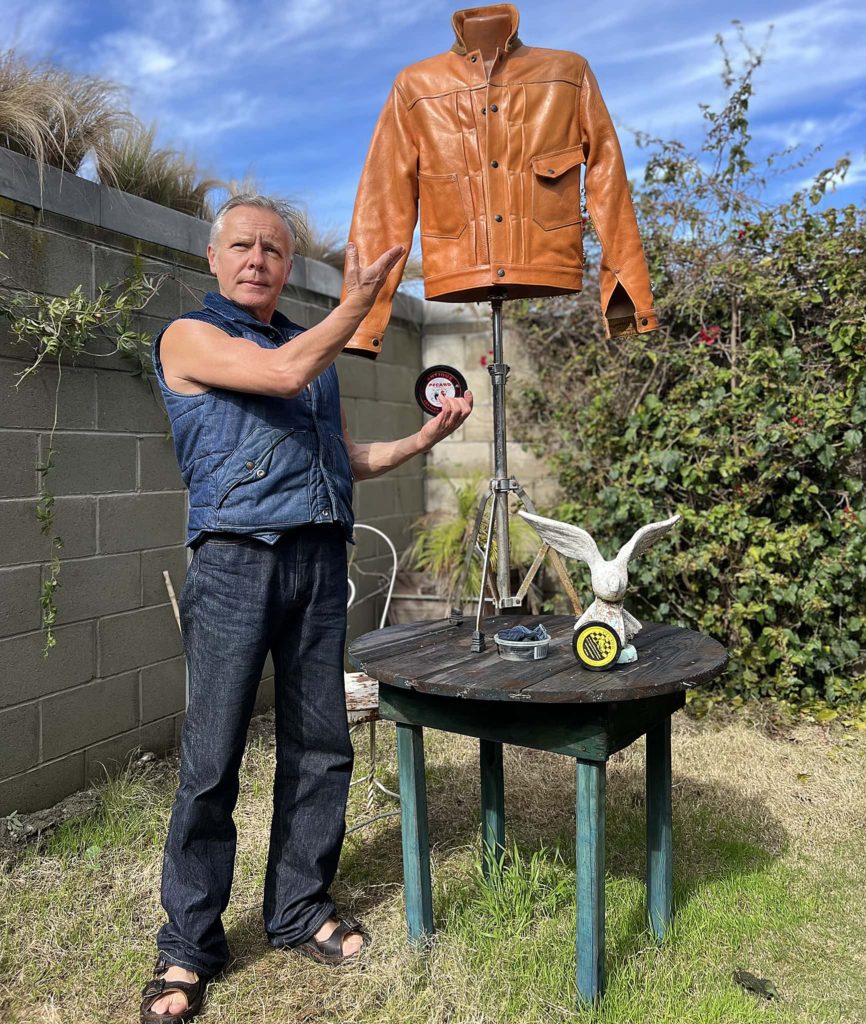
Mister Freedom® Ranch Blouse “Randall”, B-Stock, unit 38A, DIY “Sunshine” tanning process, just after conditioning on Day 23 ©2024
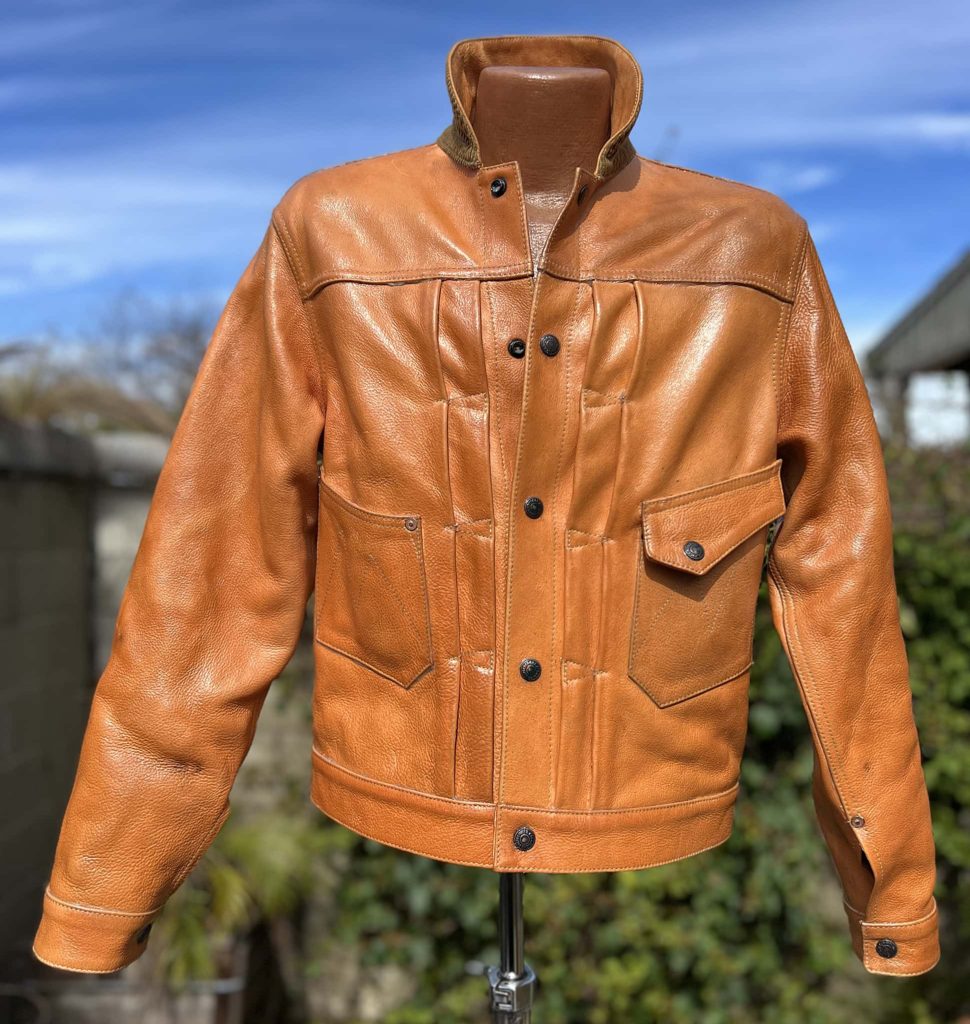
Mister Freedom® Ranch Blouse “Randall”, B-Stock, unit 38A, DIY “Sunshine” tanning process, just after conditioning on Day 23 ©2024
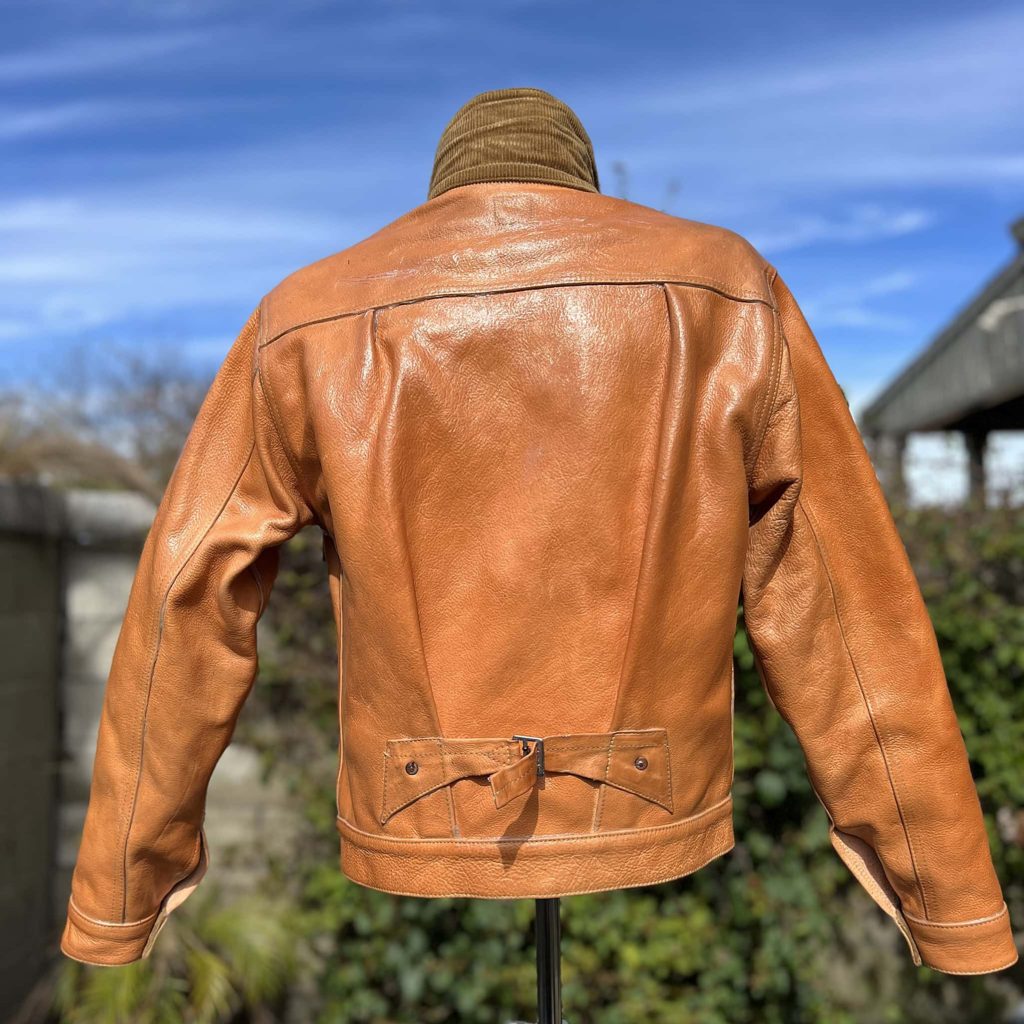
Mister Freedom® Ranch Blouse “Randall”, B-Stock, unit 38A, DIY “Sunshine” tanning process, just after conditioning on Day 23 ©2024
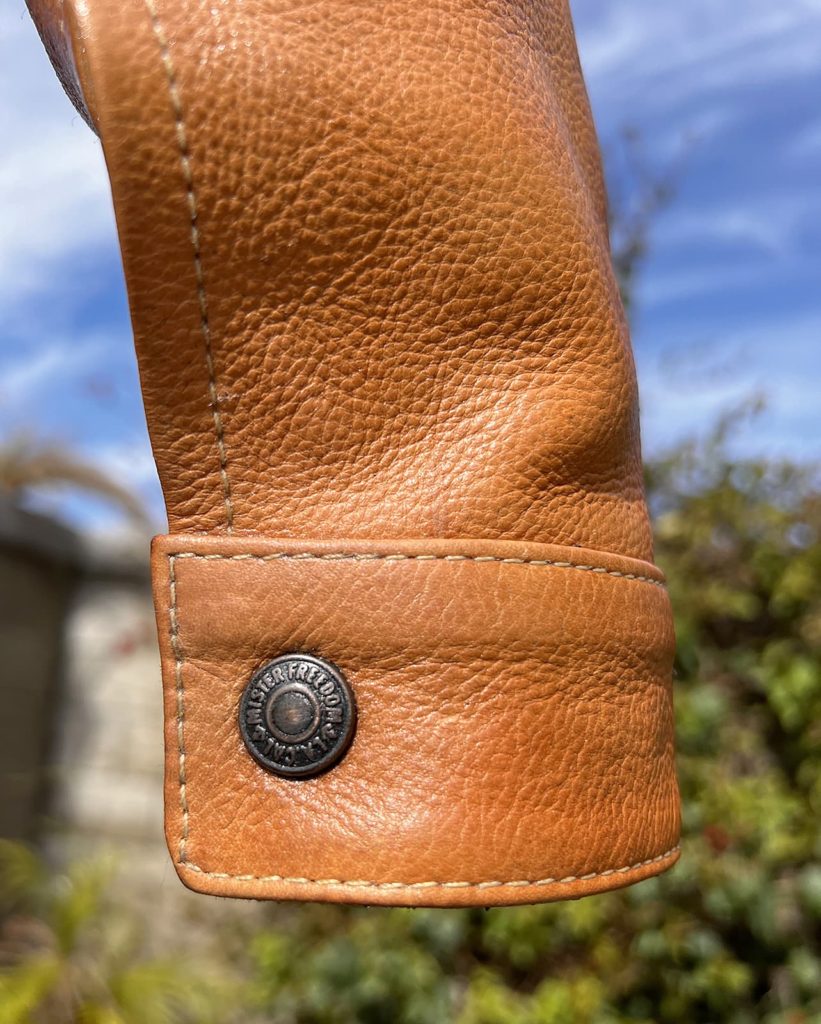
Mister Freedom® Ranch Blouse “Randall”, B-Stock, unit 38A, DIY “Sunshine” tanning process, just after conditioning on Day 23 ©2024
- Ranch Blouse Randall B-Stock unit 34B Example
- Ranch Blouse Randall B-Stock Unit 36A Example
- Ranch Blouse Randall B-Stock Unit 38B Example
- Ranch Blouse Randall B-Stock Unit 40A Example
- Ranch Blouse Randall B-Stock Unit 42A Example
- Ranch Blouse Randall B-Stock Unit 44G Example
Mister Freedom® Ranch Blouse “RANDALL”, B-Stock
Made (and stained!) in USA
Our QC (Quality Control) Team recently noticed random small dark spots on a few Randalls from our storage facility… Upon closer inspection, we realized that because stock jackets are stored folded in half, individually wrapped in plastic bags with a protective sheet of paper in the middle and boxed-up, some of the brass snaps and copper rivets in contact with the natural veg-tan leather had left button-size oxidation marks. Wrap paper had shifted during transport, at times exposing snaps/rivets to the hide. Never a dull moment in clothing manufacturing…
The small spots do not take away from the garment, but they are definitely noticeable on a fresh out of the box jacket. The units that did not pass QC are now available as B-Stock.
The oxydation marks on a B-Stock jacket are mostly located on one arm (the one folded touching the snaps), with a few occasional points of contact on the front panel.
We have taken photos/macros of a range of Randalls B-Stock, clearly showing the cosmetic flaws on a representative grouping — actually highlighting the “worst case scenario” of staining.
Note that with normal wear, exposure to the elements and conditioning, the blemishes will easily subside and gradually blend-in the leather.
In the good old “Adapt, Improvise, Overcome” attitude necessary to one’s life constant Goat Rodeo — apparently not limited to garment manufacturing on this fine 2024 year —, I am in the middle of processing one of the B-Stock Randall, a specimen code-named 38A. This blogpost will document how to turn a lemon into lemonade with an easy DIY “Sunshine” process. I was actually relieved to see the oxidation marks almost fully disappear within a week or so of outside sun exposure. Will keep updating this post as 38A gets to the point of conditioning etc.
Expecting nothing short of fabulous in the outcome!
To jump start a natural patina, take a look at our in-house method for suntanning the MF® “Sunshine” leather jackets. Note that I usually do it Rambo-style and hose down the (stuffed) jacket on day one, instead of wiping it with a damp cloth.
Below is a brief recap of the MF® “official” protocol:
HOW TO SUNSHINE YOUR OWN MISTER FREEDOM® LEATHER JACKET:
We at Mister Freedom® do not believe in factory-distressed garments (sandpaper/sand-blasting/laser/hard-wash/chemicals/etc), and recommend a more DIY “organic” approach to kick-start a cool natural patina.
The whole process of tanning your brand new MF® natural veg-tan leather jacket is a bit more involved than just sticking it on a hanger in the sun, and watch it magically morph into a golden beauty…
The desirable warm orange tones characteristic of old vintage “cossack” type jackets, like our classic Campus Jacket, are usually the result of 90 years of wear, neglect, exposure to the elements, and not just suntanning. Additionally, while exposure is key, if the garment is left too long outside, the sun is more likely to bleach out the golden tones than to darken them. Timing is important, and none of the process is an exact science.
Our friend John VEB V has documented his journey with his own Campus early on, and with outstanding results. We recommend a similar procedure:
1) Set the veg-tanned Campus outside, on a bust form. Stuff the arms and body to avoid un-natural tan lines and fold marks. Let the jacket sit in the sun for several days, rotating it around, exposing all covered areas (under collar, arm pits, side gussets, etc…) From its initial natural pale pink color, a ‘copper pink’ will gradually develop, aka suntan.
2) After some time (1-3 weeks) — depending on local weather and according to visible results — generously wipe the entire jacket with a clean, damp cloth. This tends to bring the skin side of the leather “to life”, somewhat sealing it from future water spots. Each leather panel will react differently to water, some slightly shrinking, some slightly stretching, creating natural torquing and subtle seam puckering.
Briefly trying the jacket on to set some natural creases is an option at this stage, but stuffing/shaping it again is a key step.
3) Let the sun do its thing again for several days, occasionally moving the jacket around.
4) When the leather has taken a darker tone and looks ‘thirsty’, condition the entire jacket by hand-rubbing every panel and seams with a combination of Pecard Leather Dressing, saddle conditioner, and our own secret sauce. Rub, rub, rub… making sure to not apply conditioner to the corduroy facing nor to the flesh side.
5) Let the sun dry-up the leather again, and the conditionner soak in, then, if needed, repeat steps above according to results and desired effect…
Note that each leather jacket will react differently to this entire “Sunshine” suntanning process. Results are according to the specifics of the hides used in the construction, which part of a hide each panel is cut from, the leather grain, the amount of conditioning and rubbing, length of exposure, UV levels, etc. Some hides tan much faster than others, some develop warmer tones than others, giving each jacket its own character.
The above process can take months, but the outcome is always rewarding. And don’t forget to wear your MF® leather jacket without moderation!
Ranch Blouse RANDALL B-Stock available here at substantial savings, while stock lasts.
Thank you for your support.
cl
©2024
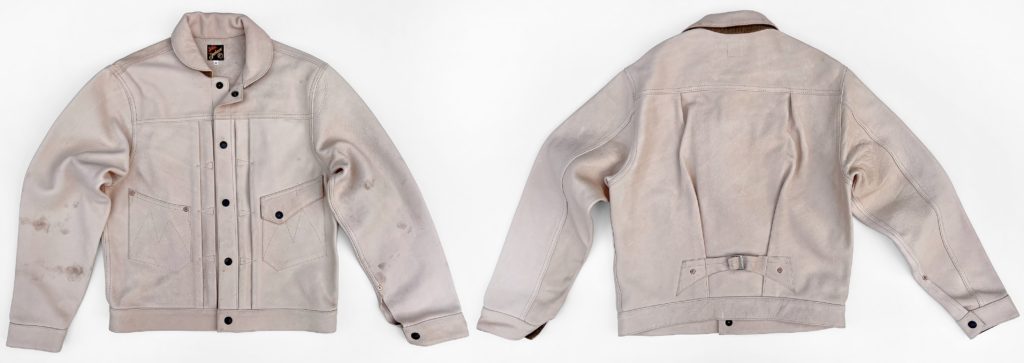
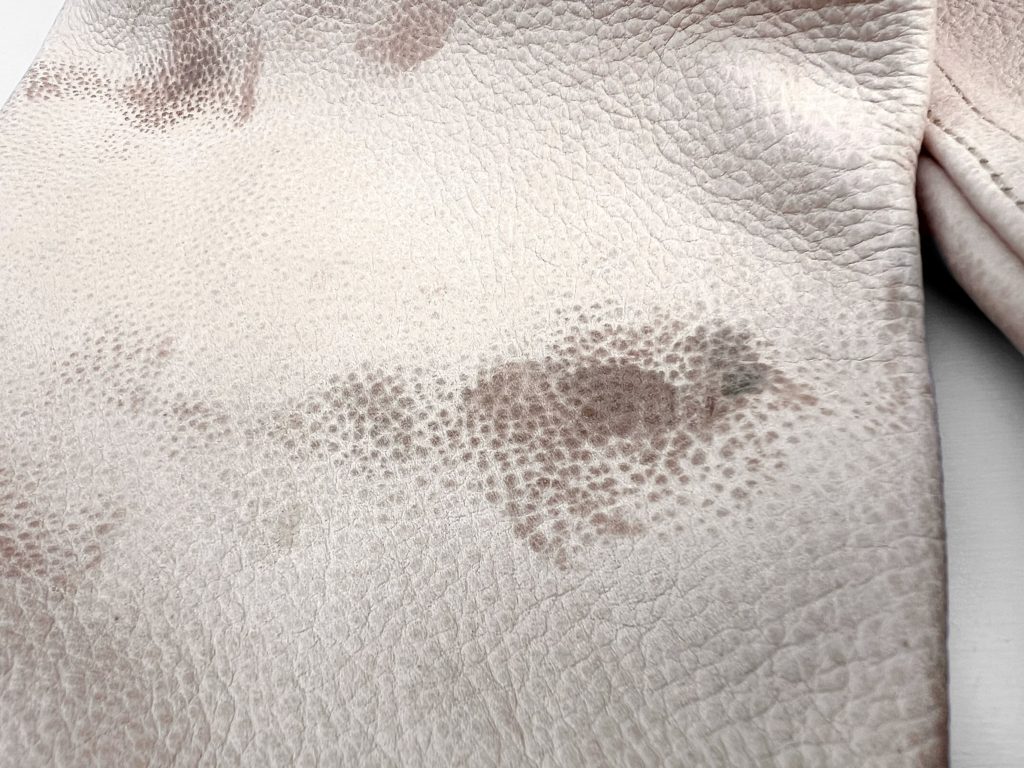
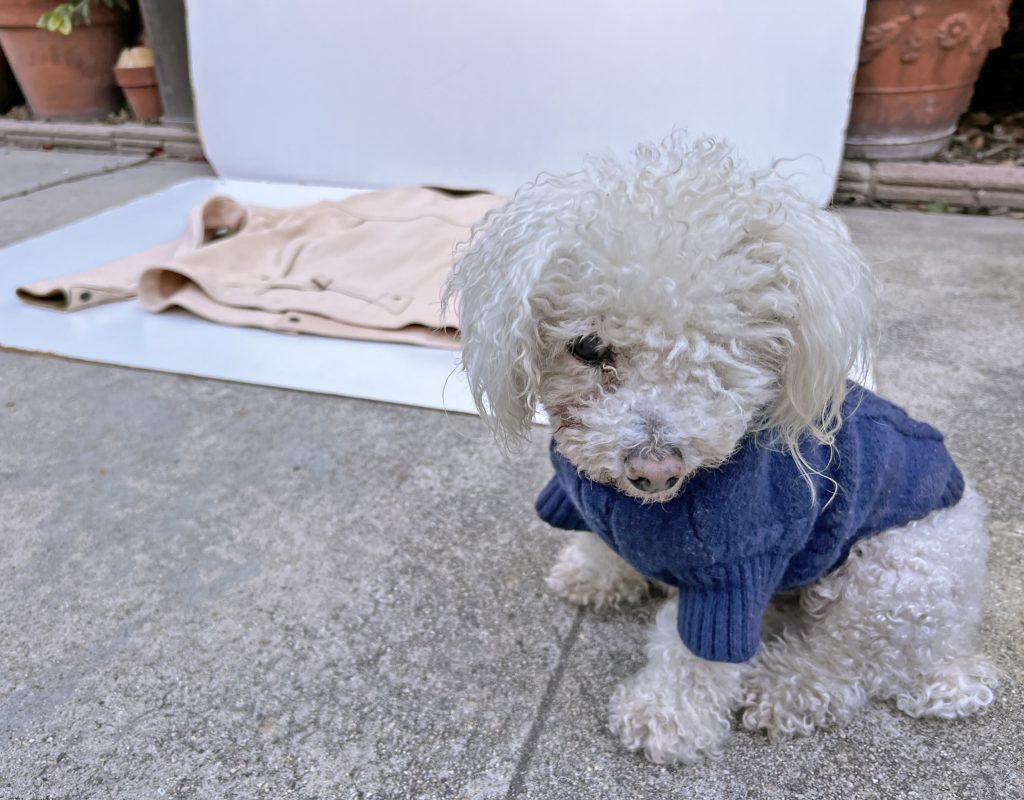
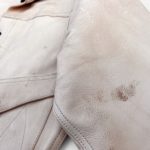
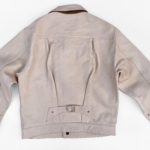
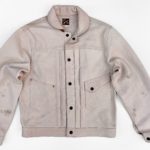
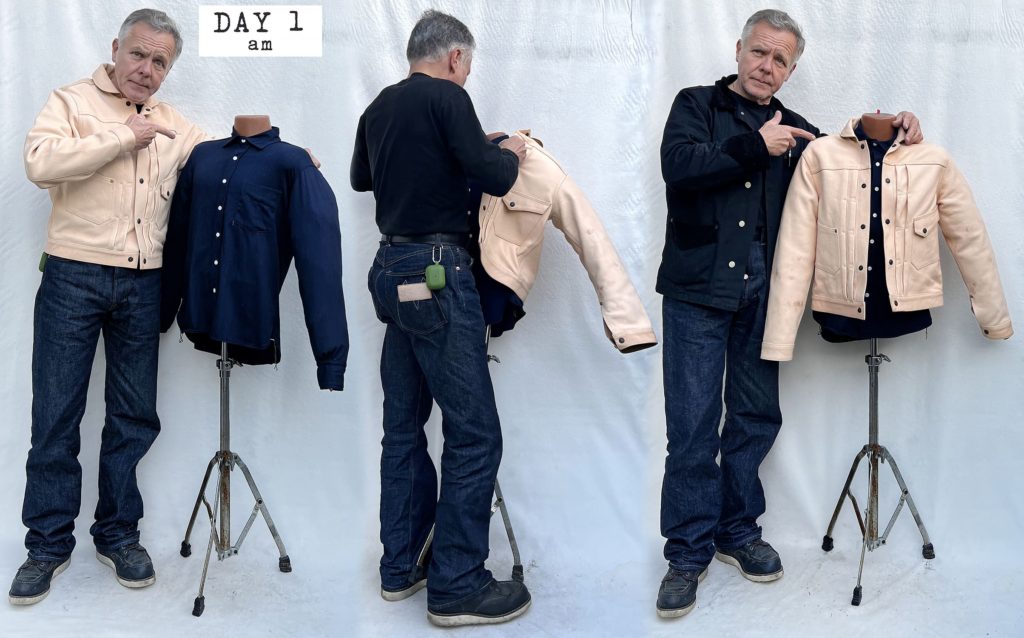

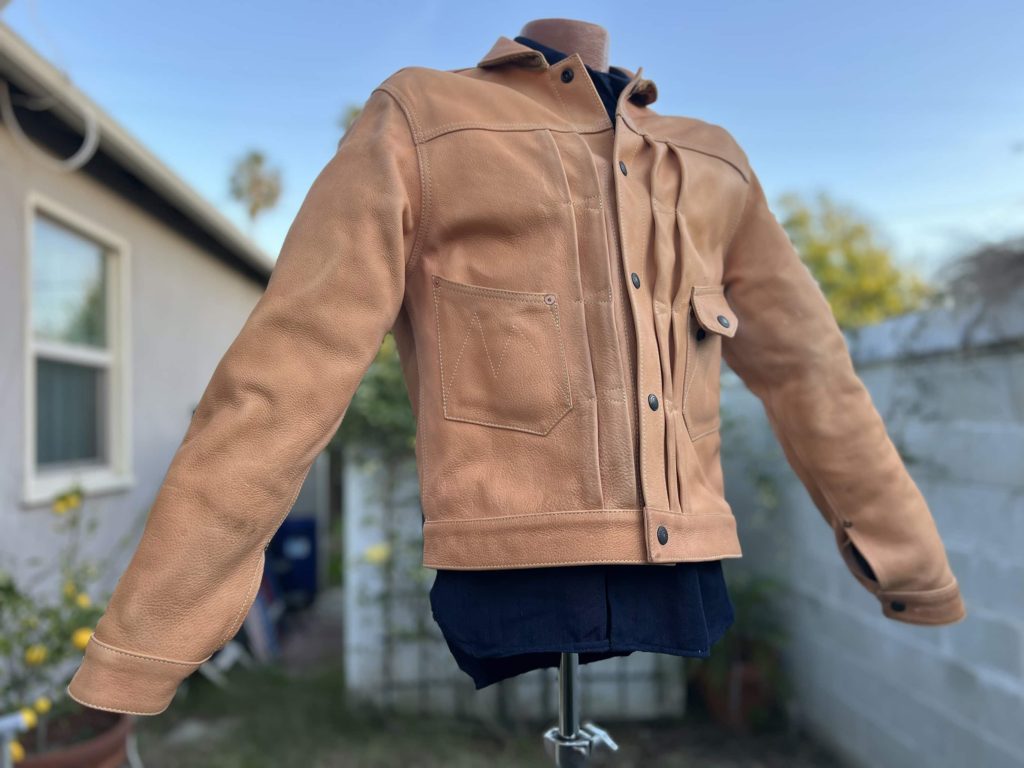
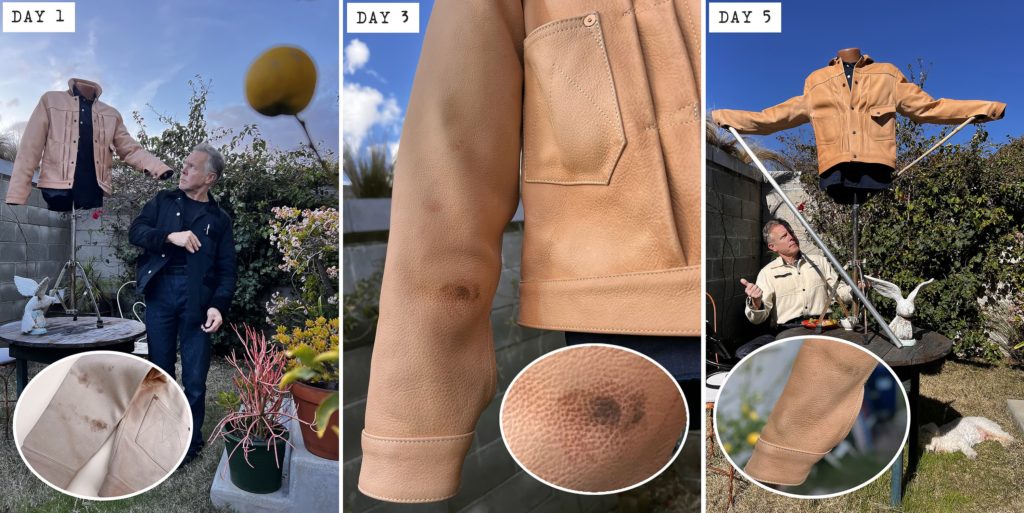
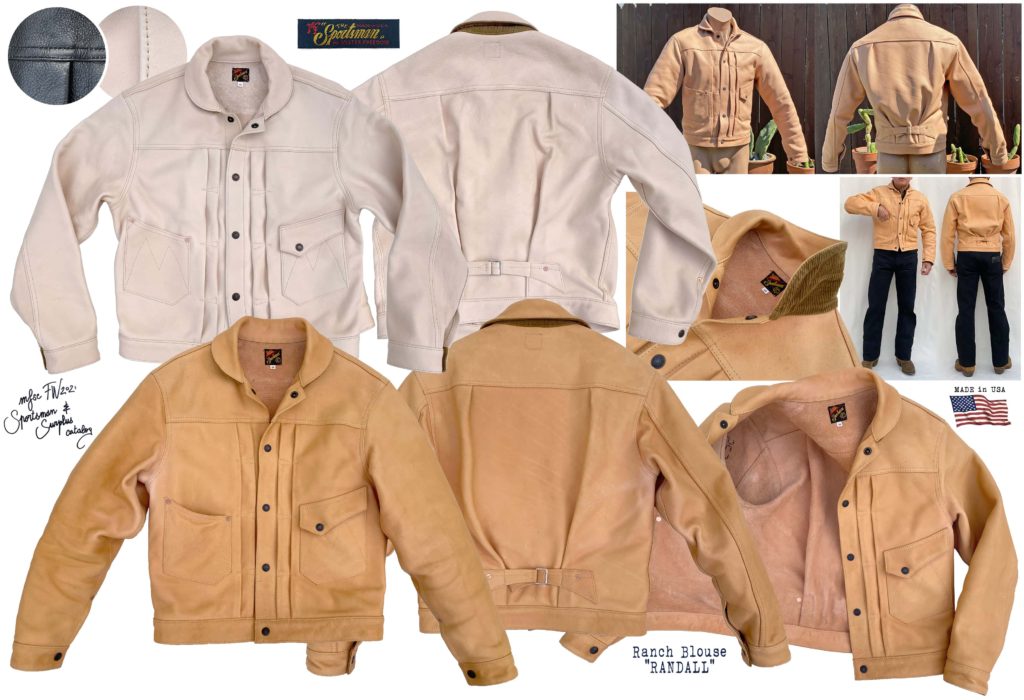
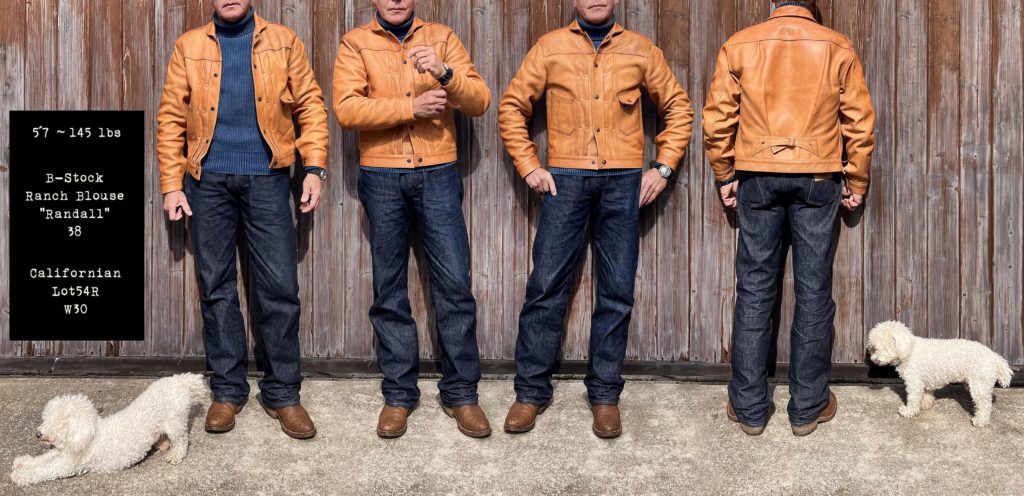
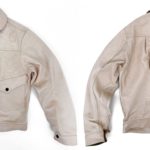
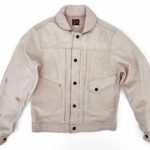
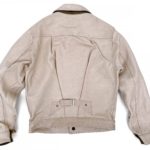
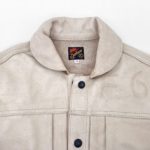
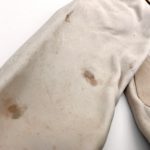
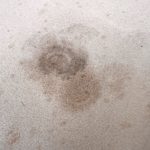
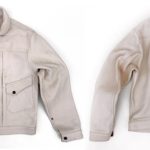
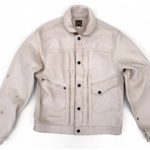
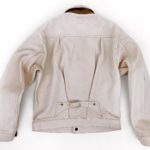
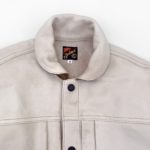
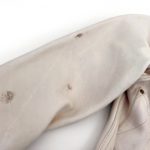
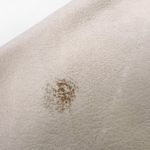
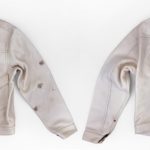
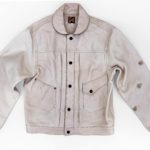
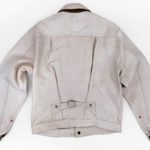
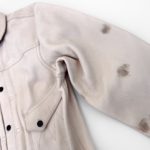
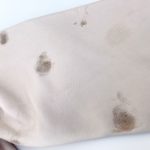
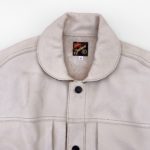
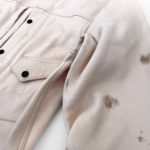
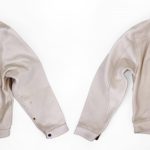
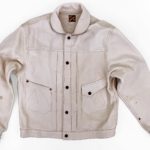
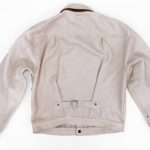
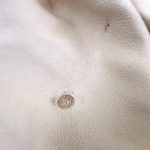
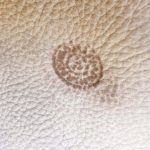
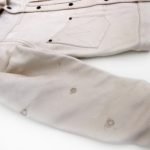
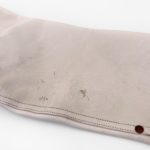
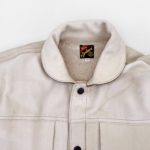
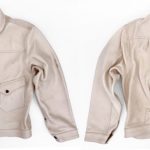
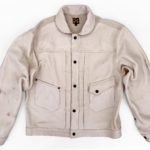
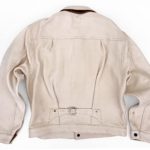
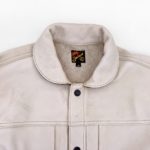
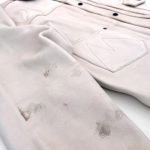
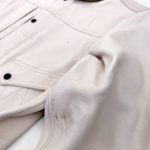
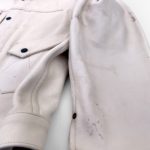
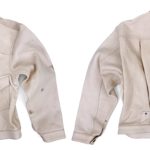

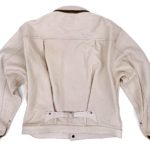
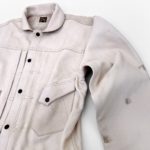
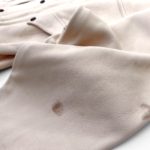
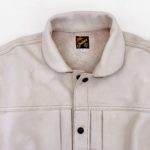
Leave a Reply
You must be logged in to post a comment.